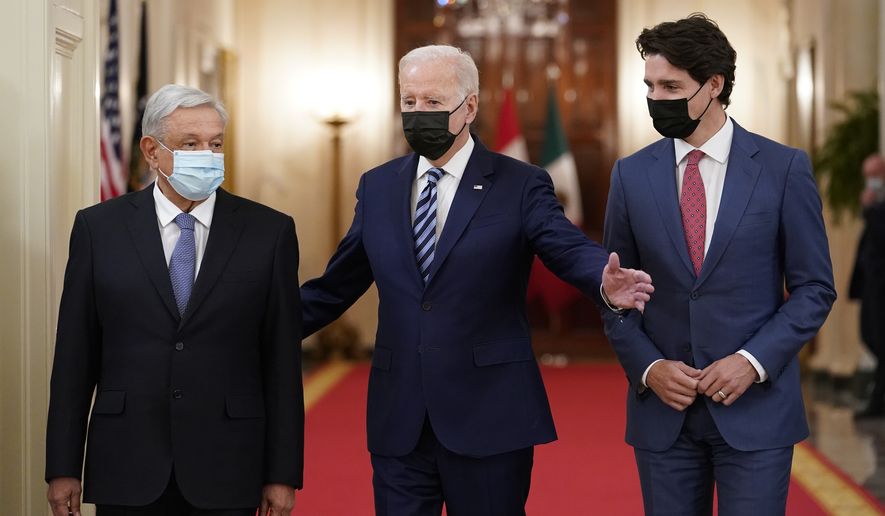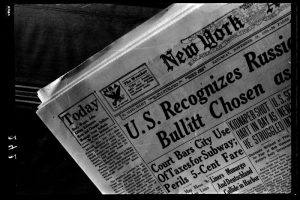Looking into the future from the rearview mirror might not seem like the best idea, and yet it is what both countries decided to do it.
The United States, once a world example for its extreme pragmatism, has become the battlefield of extreme ideological polarization in which the drums of a new “civil war” are already beating.
Mexico, where a correct diagnosis, identifying corruption and brutal economic inequality as great national ills, is intended to be cured with the old recipe of statism with high doses of populism extracted from a national history of caciques and caudillos.
In this context, the hasty takeoff of the third decade of the 21st century, the binational relationship is marked by the oldest narratives of our common past: the Mexican, as a country in which chaos and criminal violence prevail, and the United States, as a nation poisoned by extreme greed and racism.
With economies increasingly integrated and migration as the main shared challenge, endemic myopia continues to be a central feature of the way in which the capitals of both countries confront reality. From the CdMx, particularly the National Palace, seeing remittances, the main source of foreign exchange for the Mexican economy, as a kind of achievement to brag about and from Washington DC, especially the micro universe that begins in the White House and ends in the Capitol, seeing Mexico as a simple source of energy supply: labor and/or oil.
On the paper – the same one signed at the time by Carlos Salinas de Gortari-George Bush and Andrés Manuel López Obrador-Donald Trump–, both countries belong to the select North American club. In fact, they are a world example of the great contradictions of our time: a so-called progressive regime that uses its military apparatus as a wall against massive caravans of migrants coming from the south and a perverse border exchange of tons of illicit drugs for firearms. fire whose common result is rising rivers of blood and corpses.
Fortunately, the relationship between the two nations goes well beyond politics and money. More than three tens of millions of people of Mexican origin are the heart of the Latino identity, determined by demographics to soon become a third of American society. Conversely, despite its current status as a devalued democracy, I have no doubt about the great value that the influence of the American model has had for our country.
With everything and its rosary of old and new problems, the United States remains a world power. Mexico, despite its politicians and its almost always parasitic bourgeoisie, is a fairly young nation with ancient cultural roots. Condemned by geography to the neighbourhood, there is still much that both countries can share and take advantage of.
It is very likely that the war drums within each country will eventually fall silent. After all, neither the United States is really going towards a new Civil War (although it certainly seems that way), nor is the south of the North American region really experiencing a new Mexican Revolution (despite the violence and social decomposition). Formally, the binational relationship continues to be good – we will even share a soccer/football World Cup soon. With any luck, we will have the ability to see the future ahead.











